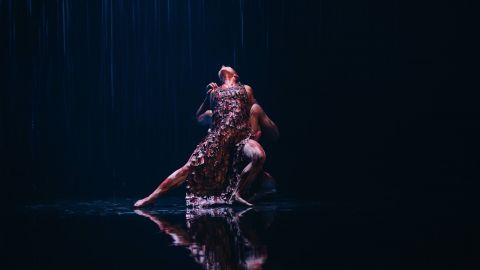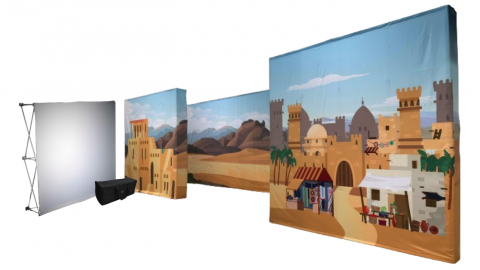Costumes - Protecting Your Investment.
Advice from Kaarin Macaulay, Head of Costume Construction at Toi Whakaari: NZ Drama School, to make the most of your costume budget.
Along with set, lighting and sound, the costume element of a production is one of the major areas of budget expenditure, and probably the most labour intensive. The trend towards consortiums means that what might have been an overly ambitious undertaking to mount a production on the scale of Cats or Disney’s Beauty and the Beast, is now a possibility.
But with bigger budgets and greater risk, the costuming of these productions calls for some serious future planning: not only must the costumes survive one season, but perhaps three or four, with different casts and in different venues. Even with smaller, more modest productions, many pro-am companies subsidise their running expenses through costume, set and prop hire - turning capital expenditure into an income generating commodity. It does mean the sewing-circle of the local dramatic society is stretching its abilities to the max, but the rewards are there.
And the best thing about costuming productions for the stage is that it doesn’t have to actually cost a million dollars, it only has to look a million dollars!
Here are some ways to get the most out of your costume budget.
Make it versatile - leaving large seam allowances on costumes gives you more options in the future, as something that can go up or down a size will fit more people. Have 5 to 10cm hems if you can on skirts and trousers, or incorporate elements in the design that can hide length alterations like cuffs on sleeves, or frills around skirt hems. Accept that items like lycra unitards may have a limited life; so construct any decoration that goes onto them in a way that can easily be removed, and transferred onto a fresh unitard.
Make it strong - mounting thin fabrics onto firmer ones and then sewing them together as one layer of fabric can increase the life of a costume that is fitted and worn close to the body. Likewise a $3 lining fabric can be turned into a ball gown if it was mounted onto some pre-washed poly-cotton. Zippers are notorious for getting caught at the worst possible moment, but your chances are better if you use either a stronger grade nylon zip or good old fashioned hand-sewn fastenings - hooks, eyes and bars. And don’t even think of velcro, unless you like it attaching itself to any bit of fluff and pair of pantyhose it comes in contact with. Press-studs, poppers or domes will serve you better.
Get the most bang for your buck - in film you put the money ‘above the waist’ - all that gorgeous detail on the hem of a frock is lost in a wide shot. In theatre you put it at the front, mostly on your principal cast. And don’t rule out silk and wool! It may be false economy to think everything must be made out of polyester to make the budget stretch: natural fibres will actually survive better if they are cared for, and will be easier to alter than their man-made counterparts.





